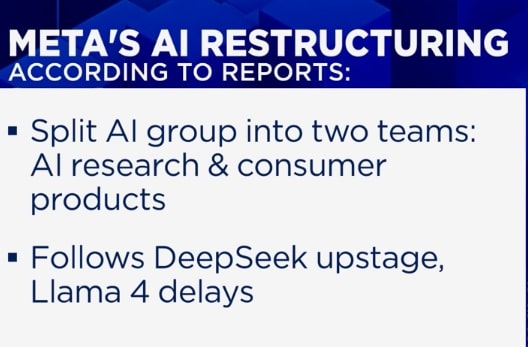Now Reading: SpaceX Unveils Updated Plans for Mars Missions and Starship
-
01
SpaceX Unveils Updated Plans for Mars Missions and Starship
SpaceX Unveils Updated Plans for Mars Missions and Starship

Quick Summary
- elon Musk updated SpaceX’s plans for Mars and Starship progress:
– Both the Starship and Booster are expected to become 20% more powerful eventually, with incremental improvements of 5-10% by the end of the year.
– The new Starship design will eliminate heat shields for engines as upgraded engines can endure higher temperatures without protection.
- SpaceX aims to implement refueling technology critical for a potential unmanned Mars mission by late 2026. Larger missions are planned every subsequent launch window (approximately every 26 months).
- Production targets include:
– Manufacturing about 1,000 Starships annually.
– Scaling production of Starlink satellites from the current goal of ~5,000 per year up to 10,000 per year in future years.
Read More: SpaceX Updated Plans
Indian Opinion Analysis
The announced advancements in SpaceX’s Mars missions and advanced manufacturing goals could signify transformative developments for global space exploration. While primarily a U.S.-led initiative spearheaded by private entrepreneurship, such progress aligns closely with India’s emerging ambitions in deep-space exploration as articulated through efforts like ISRO’s Gaganyaan mission and Martian explorations.For India, witnessing such large-scale industry scaling-like producing thousands of spacecraft annually-provides valuable lessons on boosting domestic aerospace capabilities. Partnerships or shared aspirations between countries pushing their space programs (e.g., India’s cooperation with international players) may become increasingly viable.
Moreover, developments like mass satellite production directly impact telecommunications sectors globally. Indian telecom operators leveraging solutions inspired by innovations in companies such as SpaceX-especially scalable satellite internet deployments via constellations akin to Starlink-could help bridge connectivity gaps across remote regions within India.
Understanding these technological trajectories might assist policymakers and startups toward stronger collaboration frameworks taking emerging technical models forward globally alongside mutual sustainable tech futures ahead
Images from Source:
!Image
!Image
























